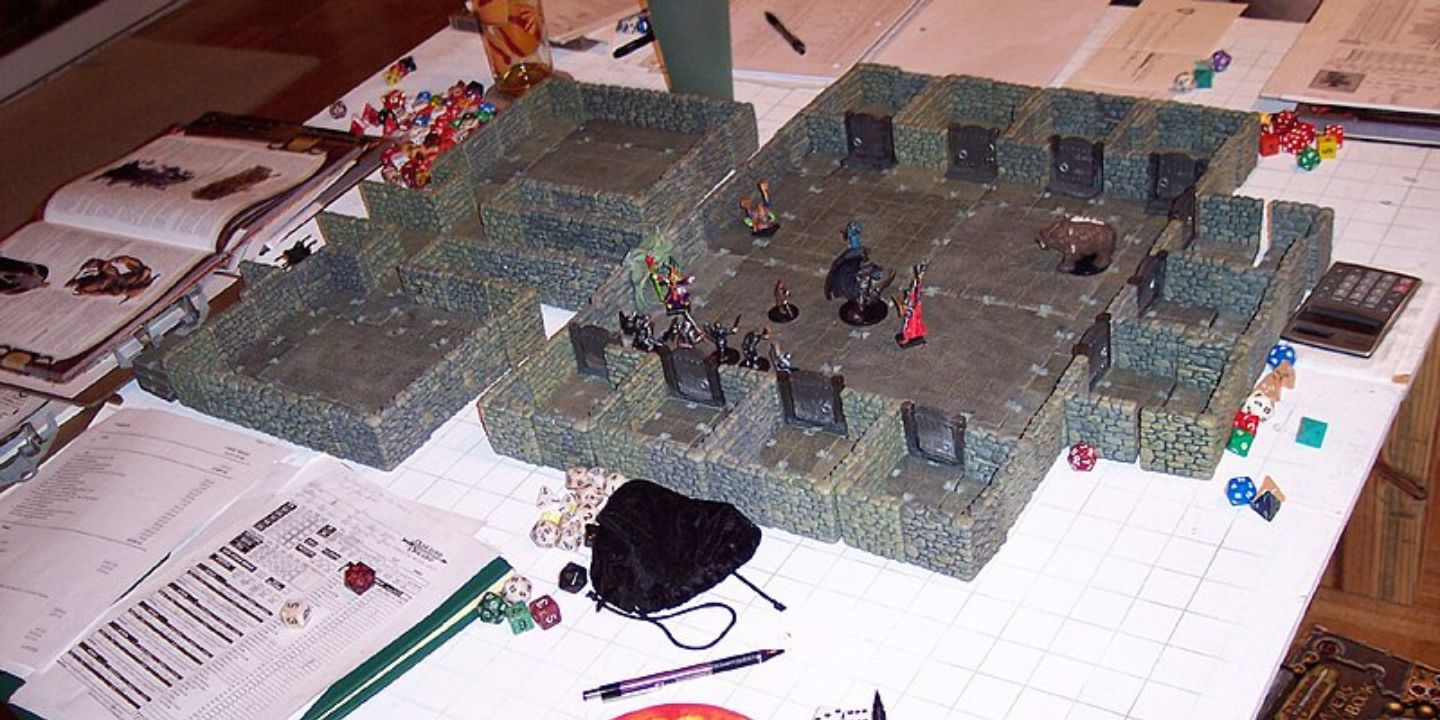Farewell, AIM
The internet has not been around for that long, only coming into play in the early 80s. In the short amount of time that we’ve had this technology, there have been billions and billions of websites built up and torn down, with many of us not even noticing. If you want to take a trip down a virtual memory lane, read on.
1. AOL
AOL was a 20-year-long instant messenger program that was quite popular in the early 2000s. Unfortunately, its success was short-lived, as the rise in Google Talk, SMS, and Facebook started popping up in the latter half of the decade. The program shut down in 2017, ending its pioneering role in the instant messaging world for good.
2. Bolt
Bolt was a social networking website that lasted from 1996 to 2008. It was a catch-all spot for horoscopes, chat rooms, message boards, browser games, blogs, IM, and so much more. The website was actually used as the official message board for American Idol during season 2.
3. Askfm
This Latvian-based network found its way to over 300 million people between 2010 and 2024. The app was popular for its anonymous-based question submissions, photo polls, and public and private chat rooms. The company experienced a sharp decline in users, cutting its losses at the beginning of December last year.
4. Keek
Keek was a popular video-based networking app that had nearly 60 million users at the height of its popularity. The company first launched in 2011, originally as a website before launching a mobile app. While still around today under the rebrand Peeks Video, Keek, as we know it, ended around 2014.
5. Capazoo
This Canadian-based social network site was a dual-language entertainment hub that allowed users to add friends, write blogs, and share media. The website used an independent online currency and even gave users a debit card to use their accumulated funds. Unsurprisingly, the company went bankrupt and dissolved in 2008 or 2009.
6. Itsmy
This mobile network took over the corner of the gaming industry, as its intention was to allow gamers to communicate with each other while playing. The company only lasted from 2010 to 2014, failing to make any kind of substantial profit during its operation.
7. Friendster
Friendster was a popular social networking service that lasted from 2002 to 2015. It was used for anything from dating to discovering new bands to video and message sharing. Friendster is considered one of the original social networking sites. It was sadly forced to shut down due to a lack of engagement.
8. Grono
Grono was a Poland-based social networking site that lasted from 2004 to 2012. The site had over 2 million members and was generally referred to as “the Polish equivalent of Facebook.” Grono had many similarities to the social media giant, including forums, photo sharing, an employment website, and an online marketplace.
9. Boredat
This university-based message board site was created by a Columbia University graduate for Colombia students. It appeared 3 years after Facemash (the precursor to Facebook), and at its height, had communities in almost every Ivy League school. Boredat shut down in 2016 after the rising popularity of Yik Yak.
 Ajay Suresh from New York, NY, USA on Wikimedia
Ajay Suresh from New York, NY, USA on Wikimedia
10. Gather
Gather was a social networking site that was designed to encourage online interaction. It had a variety of social, political, and cultural topics to take part in, and the site was popularized by Starbucks as their social networking site of choice. Gather lasted only 10 years, launching in 2005 and dissolving in 2015.
11. Omegle
Omegle was a web and video-based online chat service that randomly paired you with a stranger. The company existed from 2009 to 2023, and was no stranger to many sexual exploitation, racism, and child abuse controversies.
12. Fling
Fling was a popular 2010s iOS and Android app that only lasted between 2014 and 2016. The idea behind the app was to be able to send photos to strangers anywhere in the world, but you can probably guess what that idea led to. The NSFW content that made its way across the app led to it being removed from the app store in 2015.
13. Vine
We highly doubt anyone really forgets Vine, but the name is so synonymous with the early 2010s that we had to include it. The short-form video service took over the world, having over 200 million active users at the height of its reign. While it officially shut down in 2017, many well-loved “Viners” are still posting content today.
14. Avatars United
This 2008 web community combined online games and virtual worlds. Users would create an avatar that they could use in-game, and also use to message, blog, or discuss other topics. The website closed in 2010, but the company Linden Lab integrated the social aspect of Avatars United into the virtual world, Second Life.
15. Periscope
This popular video streaming app first came out in 2015. While it was originally going to launch on its own, the app was acquired by Twitter before it even launched. Twitter incorporated many of Periscope’s features into the app itself, and it was so popular that the company noted the amount of video being watched was equivalent to “40 years per day.”
16. Elfwood
Elfwood was an artistic online community specific to the science fiction and fantasy genres. It featured original art and writing, claiming to be the largest site of its genre worldwide. The website lasted from 1996 to 2016 after losing out to its competitor, DeviantArt.
17. StumbleUpon
This popular browser extension and mobile app was simple. Whenever you were bored, you hit a button that said “Stumble!” and it would take you to a random website or video that matched the user’s interest. StumbleUpon dissolved in 2018 after a losing battle against social media platforms.
18. Cohost
This social media website is one of the newest ones on this list to go south so quickly. Cohost was launched in June 2022 by a non-profit software company, only lasting until September 2024. The website is still available, but in a “read-only” state.
19. App.net
This 2010s staple was a social networking and microblogging service that prided itself on being ad-free. The website launched in 2012 and was shut down in 2017. Its five-year run was likely due to it being a subscription-based service with a freemium model, putting it at a disadvantage to sites like Twitter and Facebook.
20. DailyBooth
This photoblogging website was designed for users to take a photo of themselves every day with a caption to share with their online community. The site launched in 2009 and dissolved in 2012.



























